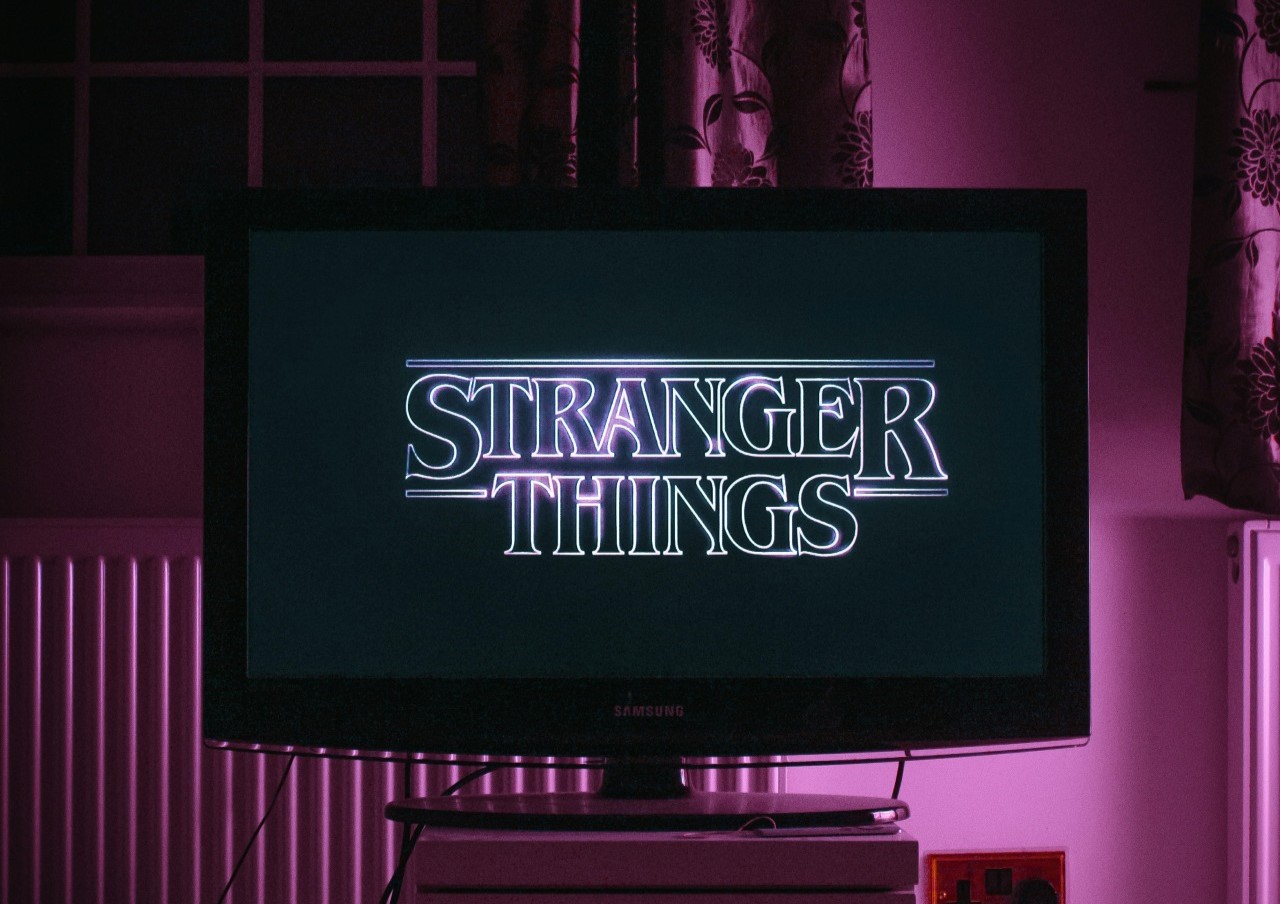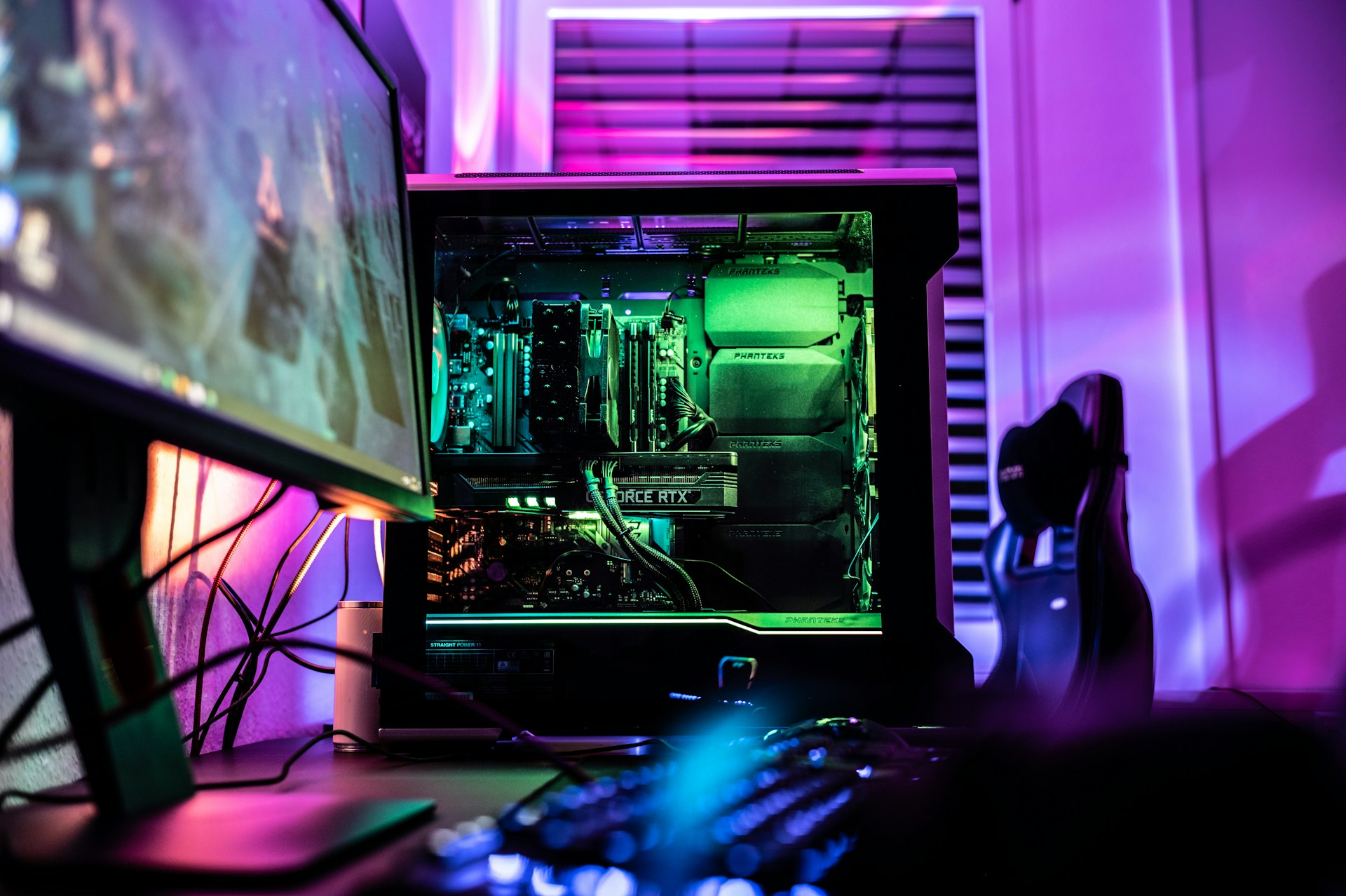There are a lot of terms to sort through when looking for a new TV. One of the most common distinctions you’ll come across is QLED vs. OLED. While these two categories may seem almost identical initially, there’s a big difference between them.
Samsung’s QLED series and LG’s OLED TVs are some of the most popular smart TVs around, so knowing the differences between these technologies can help you make the best buying decision. When you understand what QLED and OLED actually mean, you’ll have an easier time deciding which is better for you.
What Does QLED Mean?
Let’s start with what QLED is. QLED stands for quantum light emitting diode, and it first appeared in TVs around 2017 with Samsung. The technology works like a standard LED TV, with hundreds or sometimes thousands of tiny LED lights projecting white light behind an LCD screen to give it more vibrant colors. The “quantum” part of QLED comes in with the addition of microscopic particles called quantum dots.
These quantum dots emit an entirely new color when under a light. QLED TVs use red and green quantum dots over a layer of blue LED lights to combine and produce an almost full-spectrum white light. That pure whiteness in the backlight means the colors of your TV screen are closer to what they should be.
The backlight in a regular LED TV is entirely white without these quantum dots. However, these white LEDs actually lean toward blue instead of pure white, so you don’t get as true a color display. The mixture of blue, green and red you get from quantum dots lets you enjoy your shows, movies and games closer to how they’re supposed to look.
What Does OLED Mean?
The next term to understand in the QLED vs. OLED dynamic is OLED, standing for organic light emitting diode. This is an entirely different technology than other LED TVs because these screens don’t use an LED backlight. Instead, the pixels themselves are tiny LED lights.
Instead of dimming part of a backlight, the pixels in an OLED TV turn off entirely to create black spaces. That creates darker blacks, bringing out other colors by contrast and offering a sharper definition. This remarkable definition makes these screens ideal for gaming, which is why you see them in things like the OLED Nintendo Switch and high-end smartphones.
The lack of a backlight also means these TVs get incredibly thin. It also gives them a faster refresh rate, which makes motion look better, especially for games.
QLED vs. OLED: Which Is Better?
Now that you know the difference between these two screen types, you may wonder which is better. As with many things, the winner of the QLED vs. OLED battle comes down to what you want and can afford.
In terms of picture quality, you can’t beat OLED’s true blacks and high refresh rate. However, these TVs also tend to be more expensive. Because almost all OLED TV screens come from one manufacturer, LG, you have fewer size options, too. There’s also a small risk of “OLED burn-in,” where a mark remains on the screen after long periods of static content, but this is unlikely on new TVs for most users.
QLED is the better choice if you’re looking for value for your money. While these TVs may not look quite as nice and are thicker, they’re more affordable and come in more sizes. There’s also no burn-in risk, and the backlight can give you brighter displays.
Find the Best TV for Your Needs
Overall, QLED TVs are best for visuals, while OLED TVs are more accessible and offer more bang for your buck. Understanding that starts with learning the technological differences between the two. Now that you have a grasp on the QLED vs. OLED dynamic, you can find the best TV for your needs and budget.
Recent Stories
Follow Us On
Get the latest tech stories and news in seconds!
Sign up for our newsletter below to receive updates about technology trends














